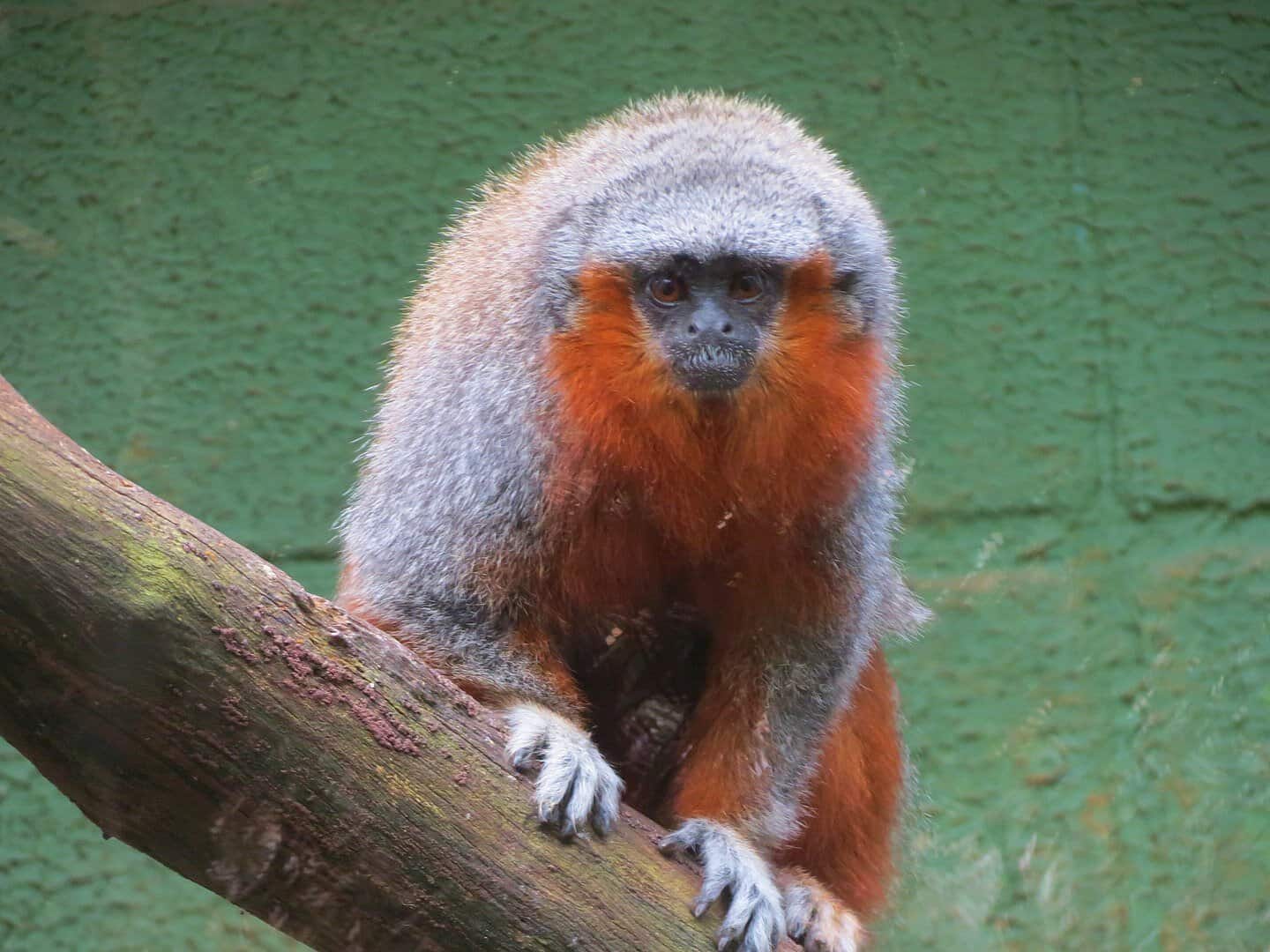7 Latin American primate species, which inhabit Argentina, Brazil, Ecuador, Peru and one that extends from Mexico to Colombia, are among the most endangered in the world, according to an international expert organization.
Deforestation and hunting, as well as disease, are decimating primate populations in the region, said a panel of specialists from the International Union for Conservation of Nature (IUCN), which is preparing the red list of primates at risk.
Brazil’s Alta Floresta titi appears for the first time on this list, which is updated every two years, Ecuadorian Stella de la Torre, organizer of the Congress of the International Primatological Society, which met in Quito to make a partial inventory, told AFP.
This is “a guide to know which species to prioritize in terms of management and research,” added de la Torre.
In addition to the Alta Floresta titi, other species under threat include the yellow-headed titi, the kaapori capuchin and the brown-headed spider monkey, said de la Torre, who is also a professor at the private Universidad San Francisco de Quito. The equatorial capuchin, the brown howler and the Central American spider monkey complete the list.
All these varieties are part of the 25 most endangered in the world, among which there are also species from Africa and Asia.
There are 523 species in the world and 171 in the Americas, of which 42% are at risk of extinction. Deforestation is the main factor endangering these animals, said researchers.
“For each species there are different threats. There are species that suffer more from hunting, there are others that suffer from habitat fragmentation, there are some that are more susceptible to disease,” Leandro Jerusalinsky, of Brazil’s National Primate Research and Conservation Center, told AFP.
The “coup de grace”
In Ecuador, one of the most megadiverse countries (with the highest biodiversity indexes), the situation is “dramatic,” said de la Torre, recalling that the 22 varieties of monkeys that inhabit his country are under some category of threat, according to the Red Book of mammals.
For example, the fragmentation of forests condemns primates to live in small green patches, which leads to another problem: inbreeding and thus genetic alterations. In addition, proximity to people exposes them to lethal diseases.
“Since they are our closest relatives, we have many physiological similarities and the possibility of disease transmission between humans and primates,” explained de la Torre. Yellow fever, malaria or herpes decimate monkey populations.
When primates are forced to coexist in small areas of forest, a disease is like a “coup de grâce”. It is very difficult for a reduced population to recover because monkeys have long gestation and infancy times, which makes them slow to reproduce.
Hunting, trafficking of live animals for the pet market and beliefs that monkey blood cures diseases also put primates in the Americas at risk.
The fear of infecting the monkeys with covid-19 has slowed down the work of scientists in the last two years, who have been forced to suspend expeditions.
“This also had an impact on conservation because we had to stop doing basic education and community work,” said Leandro Jerusalinsky.






